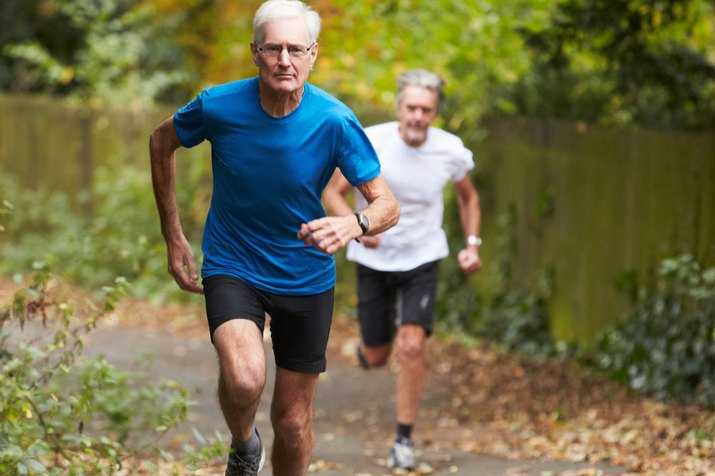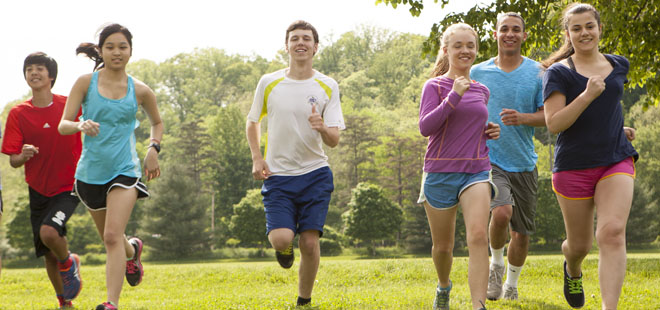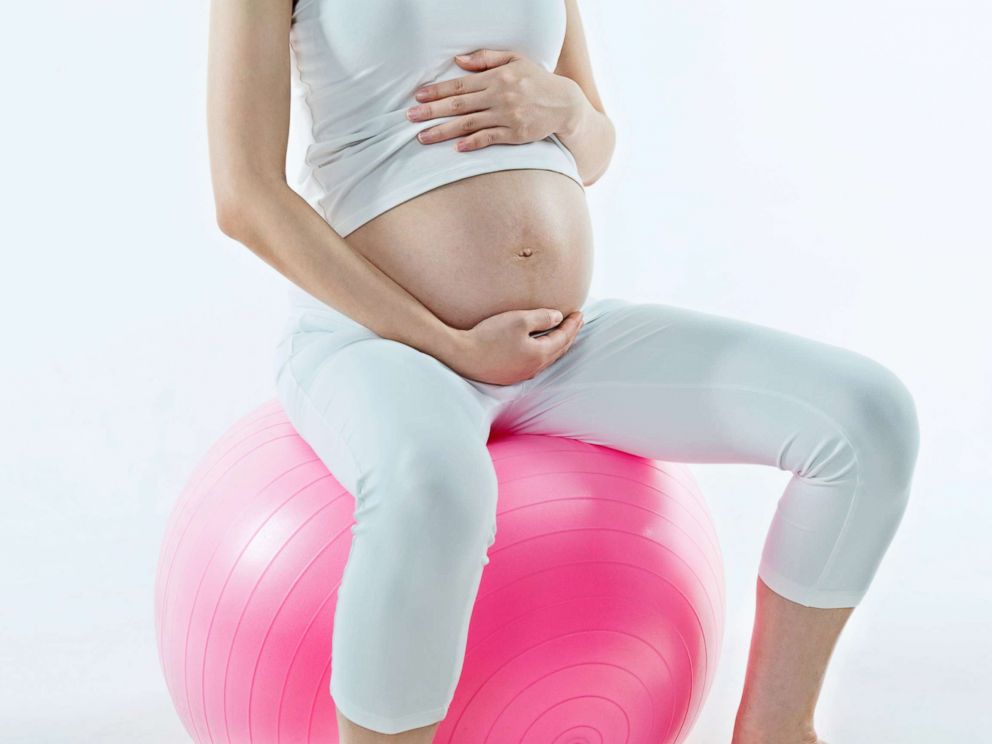

In the final three months of the research study, the risk of colds in stretchers was more than three-fold that of exercisers.

When compared to the control group engaged in a stretching program, the exercise group had a reduced risk of colds over 12 months. Similarly, the effect of 12-month exercise training (five 45-minute walking sessions/week) was studied among 115 overweight and obese postmenopausal women (mean age of 61 years), a subject population known to have reduced immune function. Those in the exercise group (3.6 days) experienced half as many days with URTI symptoms compared with the sedentary group (7.0 days). One study of 36 mildly obese sedentary women (mean age 35 years), randomly assigned participants to 15 weeks of either a moderate intensity (45 minutes/week, 5 days/week) brisk walking program or observational control. Research evidence from the studies supports the theory that moderate exercise training is protective against incidence of illness and symptoms. Randomized controlled trials in humans have examined the effects of specific intensities and durations of exercise training on URTI incidences and symptoms. After adjustment for factors such as age, education level, marital status, gender, BMI and perceived mental stress, the number of days with URTI during the 12-week period was reduced by 43% in participants reporting an average of five or more days of aerobic exercise (20-minute bouts or longer) compared with those who were sedentary (≤ one exercise day per week). The results of this study revealed a 29% decrease in URTI risk for individuals who engaged in moderate-to-vigorous physical activity compared to less physically active individuals.Īnother study monitored URTI symptoms among 1,002 community adults (aged 18–85 years) during common cold season (six weeks during winter and six weeks during fall). They were interviewed for physical activity and illness symptoms every three months. These studies consistently show people who are active or physically fit get significantly fewer upper respiratory tract infections (URTI) per year than less active people.Ī group of 547 healthy adults (mean age 48 years) were recruited for a one-year observational study. Numerous epidemiological studies have examined the effects of exercise on individuals with illness who are either moderately active or sedentary. Does Exercise Boost a Human’s Immune System? Active vs. The influence of physical activity on viral infection outcomes is important to public health. See Also: The Value of Staying Active During COVID-19Īlthough research studying the effects of exercise on COVID-19 patients has yet to be conducted, exercise’s impact on immunity and viral respiratory infections is well documented. The ongoing COVID-19 pandemic has raised many questions about whether exercise protects us from respiratory infection by boosting immunity or exposes us to increased infection by suppressing the immune system.

All rights reserved.Exercise can have both a positive and a negative effect on the functioning of the immune system. It conclusion, renovascular hypertension delays the gastric emptying of liquids, a phenomenon involving the activation of RAS, where exercise or blockade with aliskiren, captopril and losartan prevent gastric dysmotility.Ģ-Kidney 1-clip model Exercise Gastrointestinal motility RAS.Ĭopyright © 2018 Elsevier Inc. The two kidney one-clip Hypertension (2K1C) decreased (p < 0.05) the gastric fundus responsiveness, a phenomenon also prevented by exercise. Renovascular hypertension increased (p < 0.05) the GR, MAP and HR, a phenomenon prevented by pretreatment with RAS blockers or exercise. After 4 weeks of physical training or pharmacological treatment, we assessed the gastric retention in all groups (GR) of a liquid test meal, the mean arterial pressure (MAP), the heart rate (HR) and the HR variation (HRV) as well as the in vitro contractility of gastric fundus. Other group of rats was submitted to swimming with 5% body weight overload. One week after surgery the rats were treated with Aliskiren (50 mg Thus, we evaluated in rats the effect of hypertension induced by two-kidney one-clip (2K1C) model on the gastric motility, as well as the influence of exercise and RAS blockers treatment in such phenomenon. Although angiotensin is an important stimulant of the gut permeability to sodium and water, little is known about the effects of arterial hypertension on gut motor behavior.

Actually, arterial hypertension is a major public health concern, which involves the renin angiotensin aldosterone system (RAS), via activation of the angiotensin receptors AT 1 and AT 2 of the cardiovascular system.


 0 kommentar(er)
0 kommentar(er)
